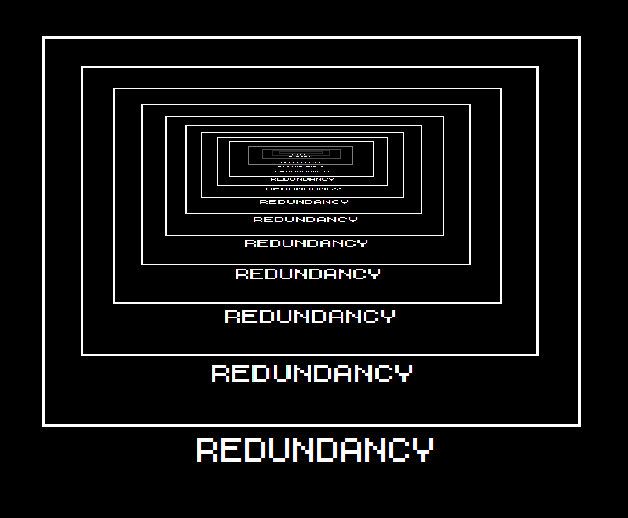Difference Between Voluntary and Compulsory Redundancy

Economic crisis in any part of the world can result in a huge number of people losing their jobs. In any unfavourable business conditions, companies might find the need to cut down their costs and firing some of the employees might become necessary in achieving this purpose. Firing an employee merely for the sake of cost reduction might seem unjust and harsh to him/her. This entire process is euphemised by making those employees redundant, which means their services are no longer needed by the business. Redundancy might become extremely tricky, especially when there are strict labour laws applicable in a particular region, and you might need to adopt a ‘cleaner’ path to perform this task. Voluntary redundancy is considered to be the more ethical way of downsizing your work force and keeping your corporate image clean. Compulsory redundancy might raise questions upon the corporate image and it may also damage the goodwill of the business as well.
Voluntary redundancy is when you persuade your employees to quit their jobs at their own will and compensate it by offering large financial benefits. It is actually creating such circumstances that employees prefer to accept the large amount of money and wilfully give up their job at your organisation.
Compulsory redundancy is when you forcefully fire some of your employees just to reduce the running cost of your business or when you feel the need to shut down a particular operating segment after it fails to deliver. There are certain laws applicable to how you can make your employees redundant. Of course you will have to compensate the employees with a handsome amount of money but not as much high as you have to offer in voluntary redundancy.
Instructions
-
1
Voluntary Redundancy
If a company goes for downsizing and desires to cut down its work force, it might be very difficult to make some of the most experienced and long-term employees redundant. The company then offers an attractively large sum of money, generally very high with the usual redundancy payment, urging the employees to take the offer and give away their jobs voluntarily in return. You need not to fire your work force but the employees willingly give away the job. This process seems aligning with corporate ethics but it might get very expensive to persuade long-term employees to accept the voluntary redundancy.
Image Courtesy: brettsbr.co.uk
-
2
Compulsory Redundancy
Compulsory redundancy forces the employees to leave their jobs. You simply have to inform them that the business no longer needs their services and cannot pay them. Redundancy laws determine the minimum amount of money a company has to pay an employee if he/she is made redundant all of a sudden. Compulsory redundancy achieves the goal of cutting the running cost of the business but it gives a negative impression upon the remaining employees and the corporate sector. The remaining employees will have the feel of job insecurity and might try seeking jobs elsewhere.
Image Courtesy: maitlandwalker.com







